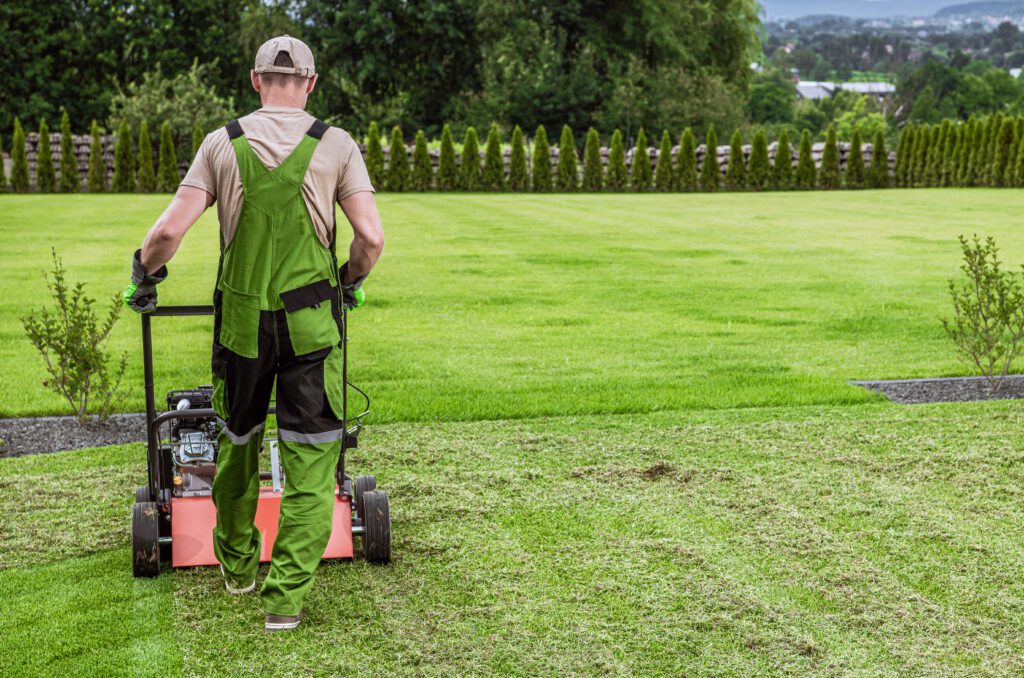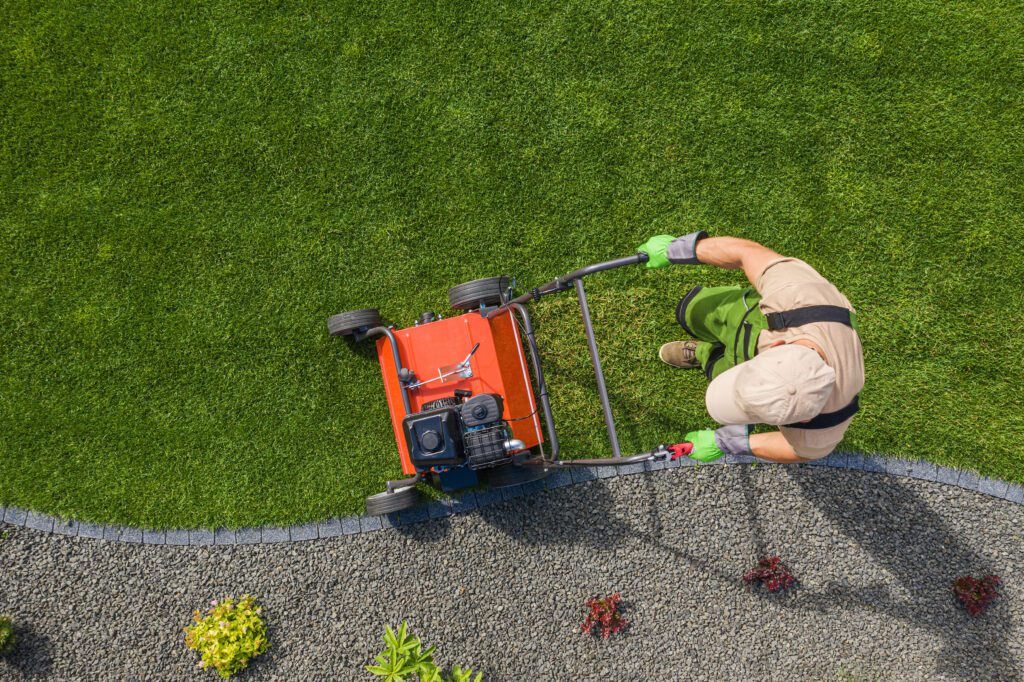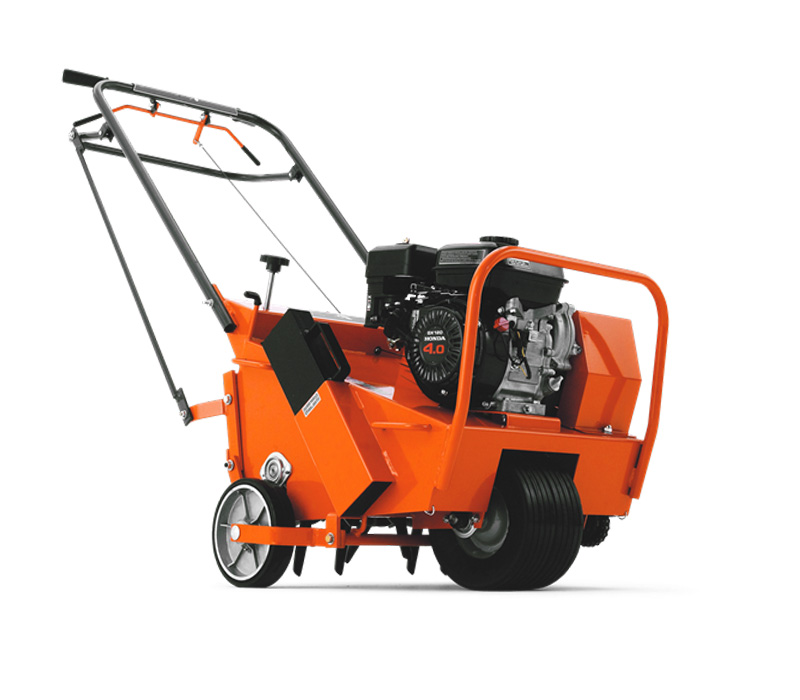
How to Fertilize Your Garden for a Bountiful Summer Harvest
As spring arrives and lawns burst back to life, choosing the right mower becomes a top priority. At GSR Outdoor, we offer an extensive range of high-performance lawn mowers designed for every type of lawn and lifestyle. From compact electric models to powerful ride-ons, the right machine can save you time, effort, and even fuel costs in the long run.




